It's me, Count Frogula. And again this Halloween I've taken Irwin hostage so that I can take over his blog and write about something that's important to me....scaring humans!
If you've ever wondered where the scariest places on the planet are, the best places to visit on Halloween, you've come to the right place. Today I have for you
Count Frogula's Ten Scariest Places to Visit on Halloween.
10. Poveglia Island, Venice, Italy. A short trip from Venice, the beautiful island of Poveglia has scars from being a quarantine zone for people suffering from the plague. Also, the island was used in the early 20th century as an insane asylum. Ghost hunters claim this spot is a hotbed of paranormal activity. Sure sounds like my kinda place!
09. Ancient Ram Inn, Wotton-Under-Edge, England. This 12th-century inn is one of the oldest in the western world. It is believed to have once been a pagan burial ground and boasts that it is haunted by more than 20 spirits, including ghost children, a pagan high priestess, and an incubus. No, I don't mean the rock band. The other kind of incubus, the scary kind.
08. Burg Wolfsegg, Wolfsegg, Germany. This 800-year-old castle in the municipality of Wolfsegg, Germany is, so it's believed, haunted by a “White Woman” who scares off any visitors who pass. The woman is rumored to be the ghost of Klara von Helfenstein who was reportedly murdered by her jealous husband.
07. Lizzie Borden House, Fall River, Massachusetts. This allegedly haunted bed and breakfast is the sight of a gruesome and highly publicized murder that occurred in 1892. Although she was acquitted, Lizzie Borden was suspected of killing her father and stepmother with a hatchet in the unassuming home. Since then, guests have reported all manner of strange sightings in the house. What a great B & B! It just makes me want to spend the night there.
06. Chateau de Brissac, Brissac-Quince, France. This towering castle is famously known as the place where Charlotte of France was murdered. According to the legend, Charlotte, the illegitimate daughter of King Charles VII, was killed by her husband, after discovering her affair. Visitors claim to have seen a “Green Lady,” because of the color of her dress, roaming the halls.
05. The Stanley Hotel, Estes Park, Colorado. This famous Rocky Mountain destination is known as one of the inspirations for Stephen King’s “The Shining,” but it has its own spooky past. Allegedly, the staff has encountered ghosts during their time there, such as a maid from Room 217 who is known to pack away guests’ clothing when they aren’t looking. The Shining is one of the most frightening movies ever made, am I right? And nothing says, "Welcome" like having your clothes packed by a ghostly maid.
04. The Tower of London. No scary places tour would be complete without a stopover at the infamous Tower in the heart of London. Many famous people have called the Tower of London their final resting place. The infamous fortress has been steeped in tragedy for over 900 years and home to many ghostly sightings of English royalty, including Anne Boleyn and Mary, Queen of Scots. I guess if you have to be haunted by ghosts, it's good to know they're royalty!
03. The Catacombs, Paris, France. The Paris Catacombs is truly one of the spookiest places in the world, with hundreds of miles of tunnels that served as a burial ground for Parisians in the 1700s. Official tours happen regularly, so it’s an excellent Halloween destination. Beware, however, the walls are made of human skulls and bones...it is NOT the place to visit for the faint of heart! PS. It's where I've stashed Irwin for the next 24 hours. Poor little froggie......
02. Hoia Baciu Forest, Cluj-Napoca, Romania. This forest is considered the most haunted in the world. Visitors often report intense feelings of anxiety and the feeling of being watched while traveling through the forest, and some of the most common sightings include ghosts, unexplained apparitions, faces appearing in photographs that were not visible with the naked eye, and even some UFOs.
And, finally, the place I believe to be the most terrifying in all the world.
01. Corvin Castle, Hunedoara, Transylvania. If you’re looking for the inspiration for the original vampire myth, look no further than Vlad the Impaler. The bloodthirsty ruler was kept prisoner in Corvin Castle in Transylvania, where many strange sightings have been reported. And this is the place I call, Home Sweet Home.
I hope you've enjoyed my little tour of my top 10 favorite places to haunt during the Halloween season. Perhaps one of them will inspire you to visit next haunting season. Until we meet again next year, I bid you farewell.
And I promise I'll let Irwin return tomorrow as soon as the sun comes up. But until then...
Be afraid. Be very afraid.

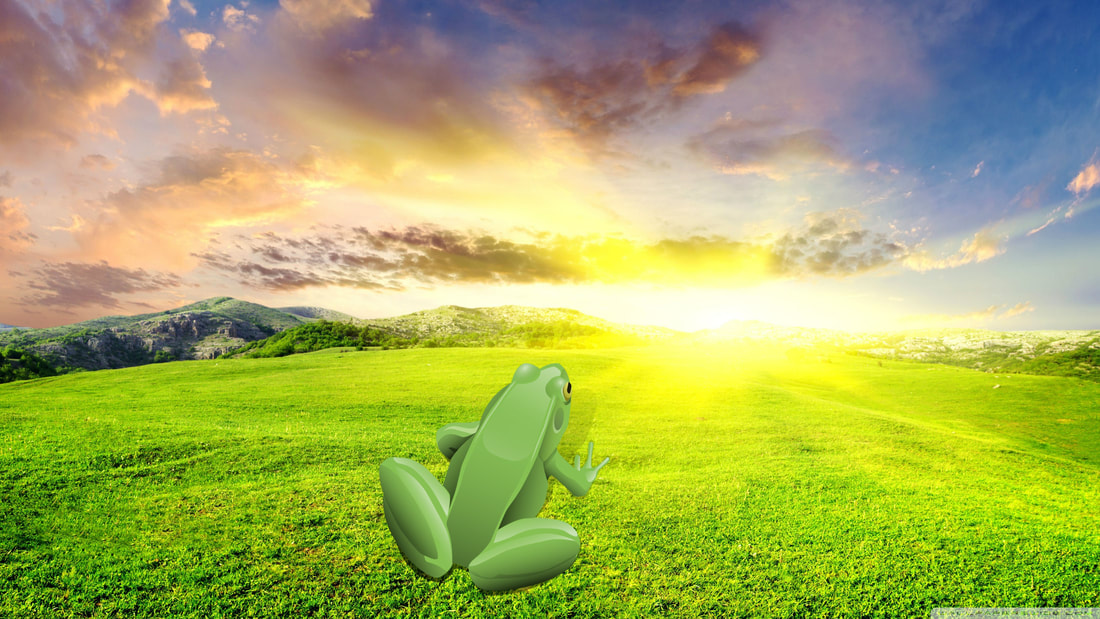
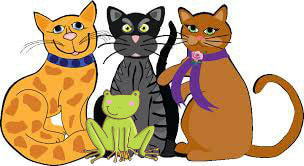

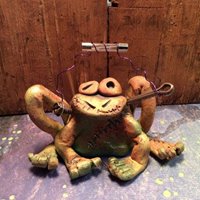
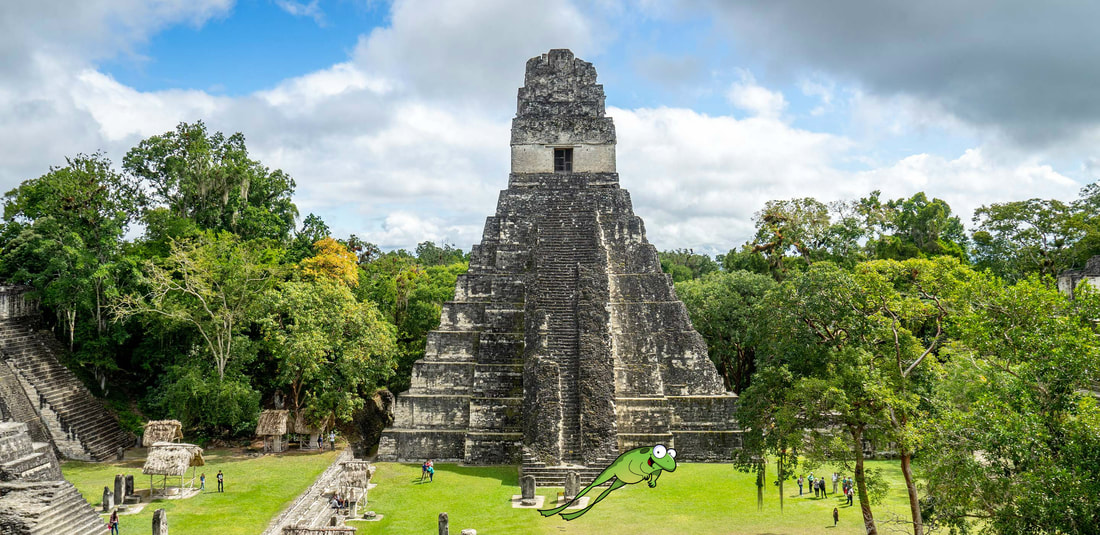
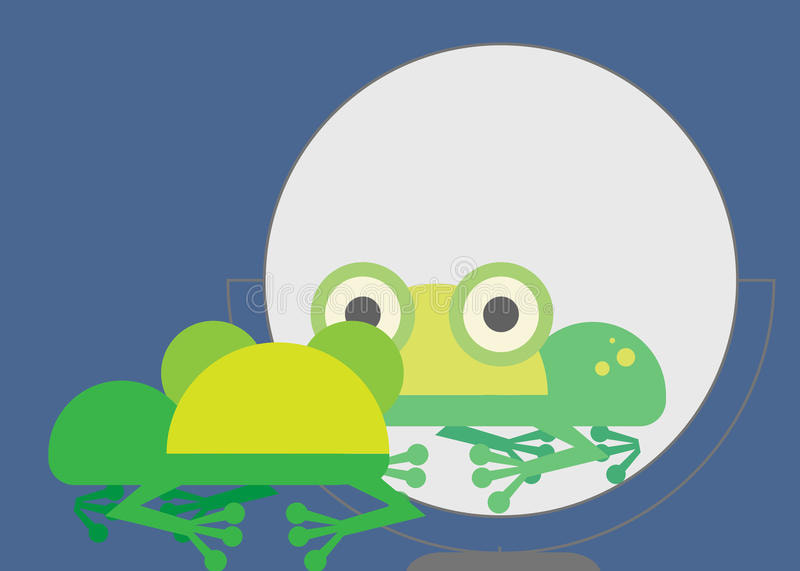
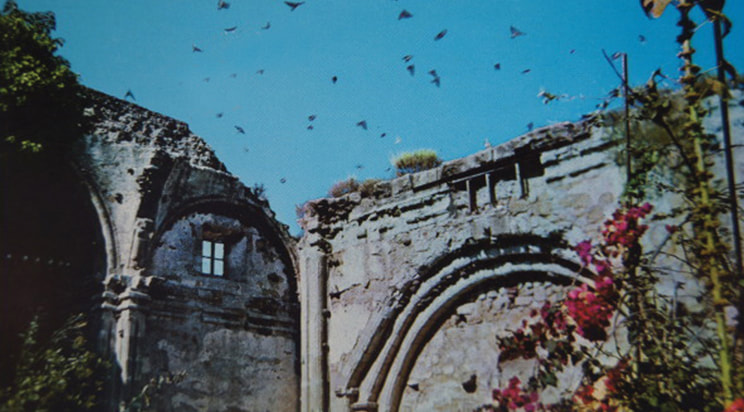
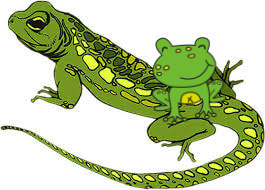

 RSS Feed
RSS Feed